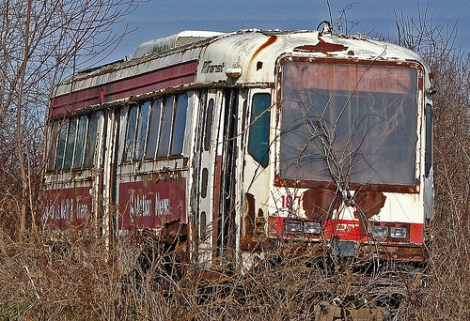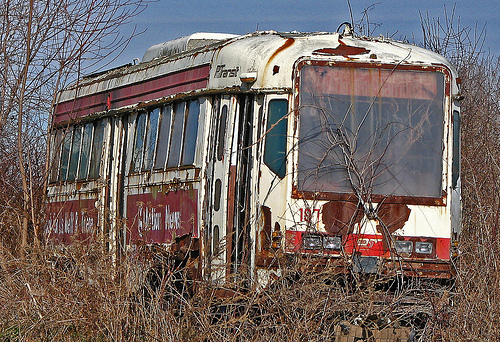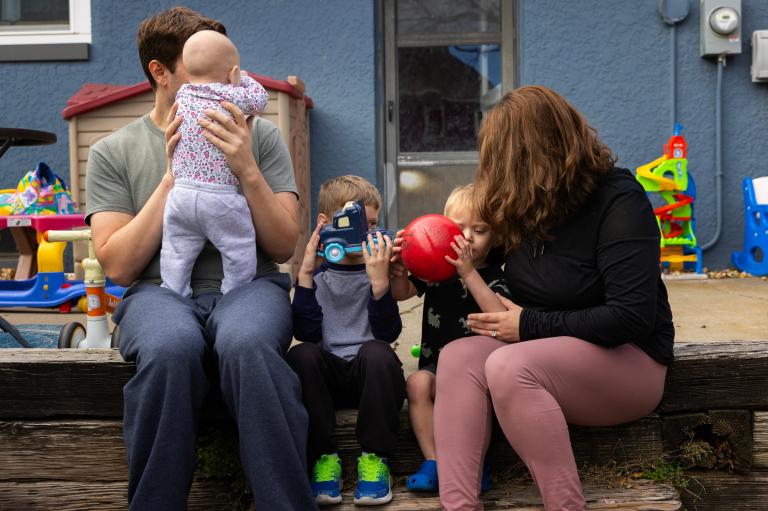Ken Schmier is a Bay Area transit guru. He’s essentially responsible for the limitless Muni Fast Pass in San Francisco, and created the NextBus application in the 2000s to help people catch those ever-elusive city buses. But now Schmier is thinking transit may not be all it’s cracked up to be.

“Frankly,” the Bay Area attorney and businessman told Next City, “I think transit agencies are obsolete.”
Blame that damn sharing economy.
Schmier is now all about what he calls “Micro-Transit” — in other words, ride-sharing, or turning regular cars into taxis.
 The Bay Area already has Casual Car Pool, a long-standing ride-share project that relies on a vintage website and message board instead of the smartphones and big money of new ride-sharing ventures. It’s kind of an organized form of hitchhiking, and it really works.
The Bay Area already has Casual Car Pool, a long-standing ride-share project that relies on a vintage website and message board instead of the smartphones and big money of new ride-sharing ventures. It’s kind of an organized form of hitchhiking, and it really works.
Schmier wants to make this general idea more efficient, scalable, and tech-savvy. From Next City:
His vision, detailed in a white paper shared with Next City, is to put radio-frequency identification chips into the hands of passengers — in key fobs, transit cards or even driver’s licenses. Willing drivers, in turn, would be equipped with readers. When a potential passenger comes within scanning distance of a participating car, the driver’s picture would appear on an external display, and the rider’s on an internal one, confirming that both have gone through a background check.
Making the moment ripe for Micro-Transit, concludes Schmier, is that the technology is newly affordable: About $2 for the chip and $200 for the reader.
As for passengers getting where they need to go, drivers might opt for a signal showing the direction the car is heading. Longer trips could require hops between cars.
The program is good for cities, says Schmier. Tapping private cars’ “excess capacity,” i.e. empty seats, cuts down on underused public transportation, creates feeder lines to high-traffic trains and buses, and saves gas.
As for providing incentive enough to make drivers willing to let a stranger in their car, Schmier envisions a small fee — 50 cents or a dollar — that would be deposited in their Micro-Transit account for each rider picked up. Or, drivers might opt for high-occupancy vehicle credit.
Schmier’s plan might make sense for less dense regions full of cars, like the Bay. And in a lot of ways, it’s more in the spirit of the sharing economy than many of the new ride-share start-ups driven by a profit motive. But if our goal is more dense, livable, transitable cities, cars ain’t gonna cut it, no matter how many of us we try to cram into each one.




